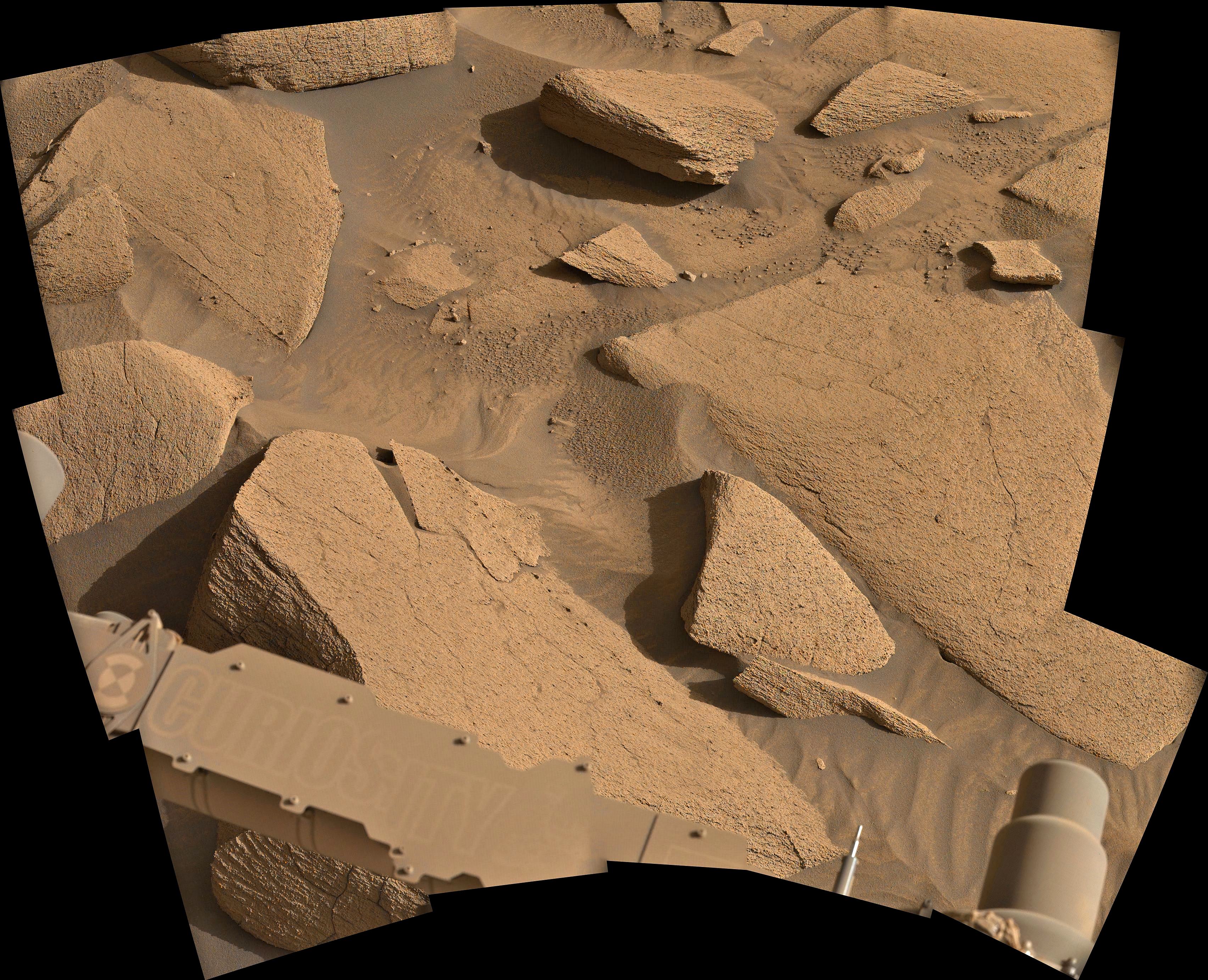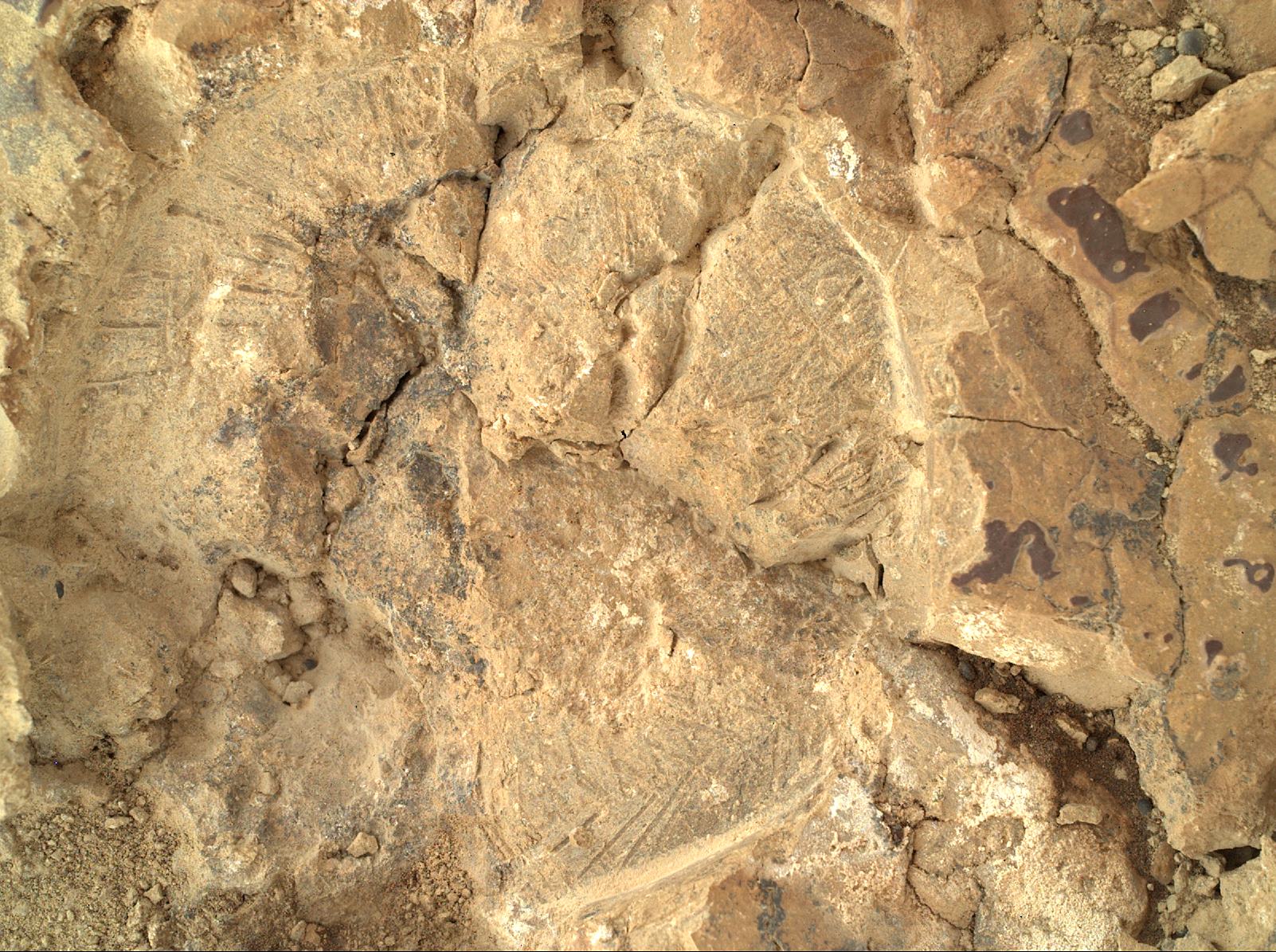A new version of the KMZ file has just been posted by Fernando (you'll find it on his drive), it adds place names and extends the traverse to the new location after the drive on sol 4507. I used to find it better to delete the old traverse folder in GE before installing the new one :)
paulhammond5155
UMSF moved to Discord - If you have a Discord account try this link for the 'After Party' channel
Many of the original subscribers to UMSF are active there....
I had no idea you could send DM's here :) But sure go ahead, I'll help in anyway you can.
https://lemmy.world/u/[email protected]
It's on the side of a butte to the north of the rover, see attached screen shot assembled from the navigation camera images acquired on the same sol, I've circled the target rock

You can find a lot more of Kevin's fantastic processing on Flickr
Here you go... It's a link to his Google Drive. In the folder you'll find a PDF that requires a minor update as it still points to UMSF (now defunked) but Fernando is waiting for UMSF to be resurrected that process is in work, and once done he'll update the PDF user manual. The KMZ file in the folder is the one you open to update the map on Google Earth. The current version reflects the rover's current location. The folder also contains the high resolution map tiles to install inside Google Earth.
https://drive.google.com/drive/folders/1OJHhlAIftz_fh-CcJsG33JAOalrEHBbQ?usp=drive_link
Sorted - I'll gather the download links etc and send them in the next day or so :)
If you don't already have it installed, get yourself the pro version of Google Earth installed (it's free)
















It is an imprint of the abrasion tool that grinds away the weathered surface of rocks so the chemistry of the rock can be measured with the rovers instruments